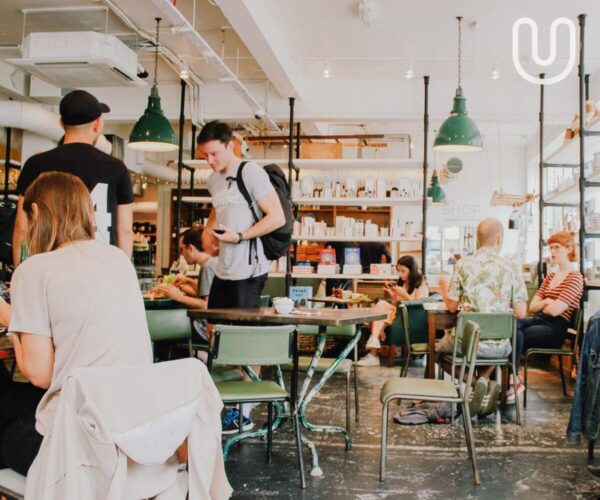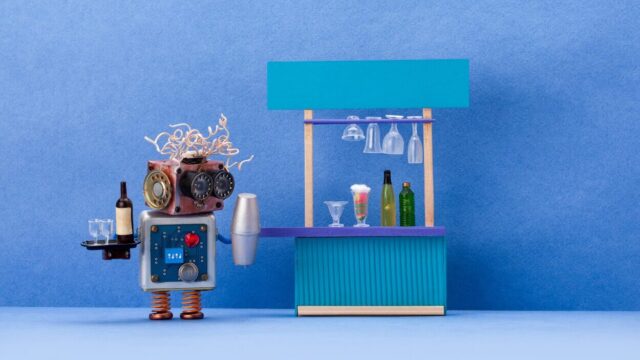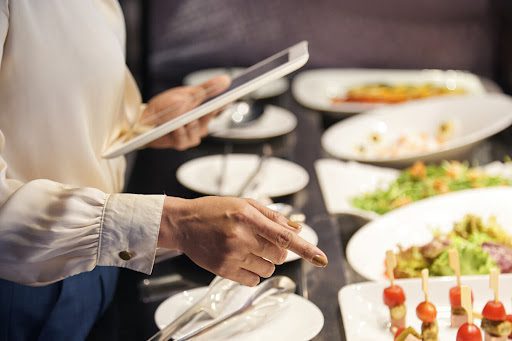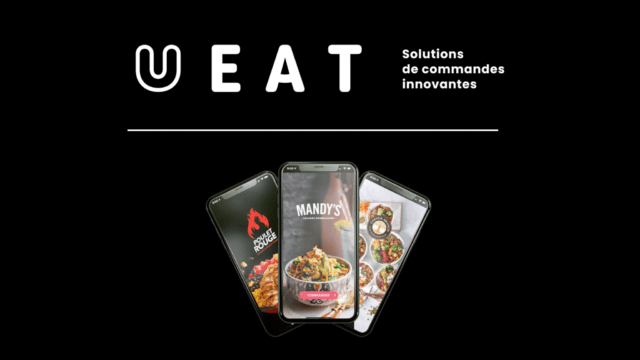Even before the global pandemic, third-party delivery apps, also known as marketplaces, have been reshaping the industry, providing tech enablement for restaurateurs looking to expand their market reach to more delivery customers. According to many different stats, usage of these apps was steadily increasing pre-pandemic.
Then COVID-19 hit, with repeated lockdowns of dining rooms, have amplified restaurants’ need to remain afloat, thanks not only to third-party delivery apps but also branded online ordering platforms for takeout and curbside pickup.
Online ordering platforms have been a boon to restaurants for several reasons. For one, branded online ordering right from a restaurateur’s website or mobile app enables them to circumvent three important issues with respect to third-party delivery apps, namely:
- Use other local delivery partners or fixed-rate third-party delivery apps to reduce the up to 30% commissions conventional third-party delivery apps charge based on the size of each order
- Reduce the pre-order churn; when potential customers visit a marketplace, they are bombarded with offers from competing restaurants or restaurants offering entirely different fares altogether
- Capture invaluable customer data that third-party delivery apps normally keep for themselves
-Hospitality and Technology
Let’s take a look as to why marketplaces are so eager to capture a restauranteur’s customer data.
The fight for the almighty customer base
While the commissions demanded by third-party delivery apps have made headlines, it is also to look into “another side of things, which is as impactful as the economic costs but generally less discussed: customer ownership,” according to Restobiz’s interview with industry pundits.
The problem with third-party delivery apps is that every time a customer orders through them, they capture the customer’s contact information and can even monitor their restaurant preferences and favorite foods. This has its weight in gold for marketing purposes. Already restaurants are paying hefty commissions for delivery services through apps—they are now also basically paying for their customer data to go to third-party providers.
What does this mean? Did you know that research shows that the top 5% of restaurant customers drive 28% of total sales? How can restaurants keep those high-revenue-generating customers if they don’t have the data? Certainly, small independents may “know” their loyal dining room customers. They may even know some of their takeout and curbside pick-up customers. But how can that be scalable in the long term?
Third-party delivery apps, on the other hand, can use customer information to promote their platforms and deals thanks to email marketing, social media and, until third-party cookies are completely eliminated, retargeting ads on other websites restaurant patrons visit. In a nutshell, marketplaces create digital ties with customers in ways restaurateurs cannot if access to data is limited or right-out impossible.
This is why it is critical for independents and restaurant chains alike to start considering customers as customers, with needs, the ability to become brand ambassadors, and long-term value, rather than “simply” transactions. And this mindset shift starts with customer data.
-Hospitality and Technology
Harnessing customer data for better decision-making
Customer data is also useful to monitor guest frequency, recency, monetary spending, and preferences. Naturally, from a marketing standpoint, rewarding VIP customers—those that choose a restaurant more often and spend more—is an excellent way to boost loyalty. However, having a clear picture of customers can provide deep insight into many other metrics that are not just based on intuition, such as
- Peaks and lulls in dining room times as well as delivery, takeout, and curbside pick-up to more proactively manage capacity (front- and back-of-the house staff)
- Most and least popular menu categories and items for each customer profile, based on time of day, week or year, to better control inventory costs
- Which promotions resonate more with various customer segments/profiles—and which do not, which can be a huge cost-saver from a promotional standpoint
- Changing customer trends to reengineer menus
As you can see, customer data can help restaurants become more competitive with personalized 1:1 marketing as well as elevated customer service and improved operations. While third-party delivery apps provide the means to cast a wide net for potential new customers and offer flexible delivery, they should not be the only tool restaurateurs bank on. Leveraging their branded online ordering platforms, and mobile apps, restaurants can regain control over customer data—and the overall guest experience.
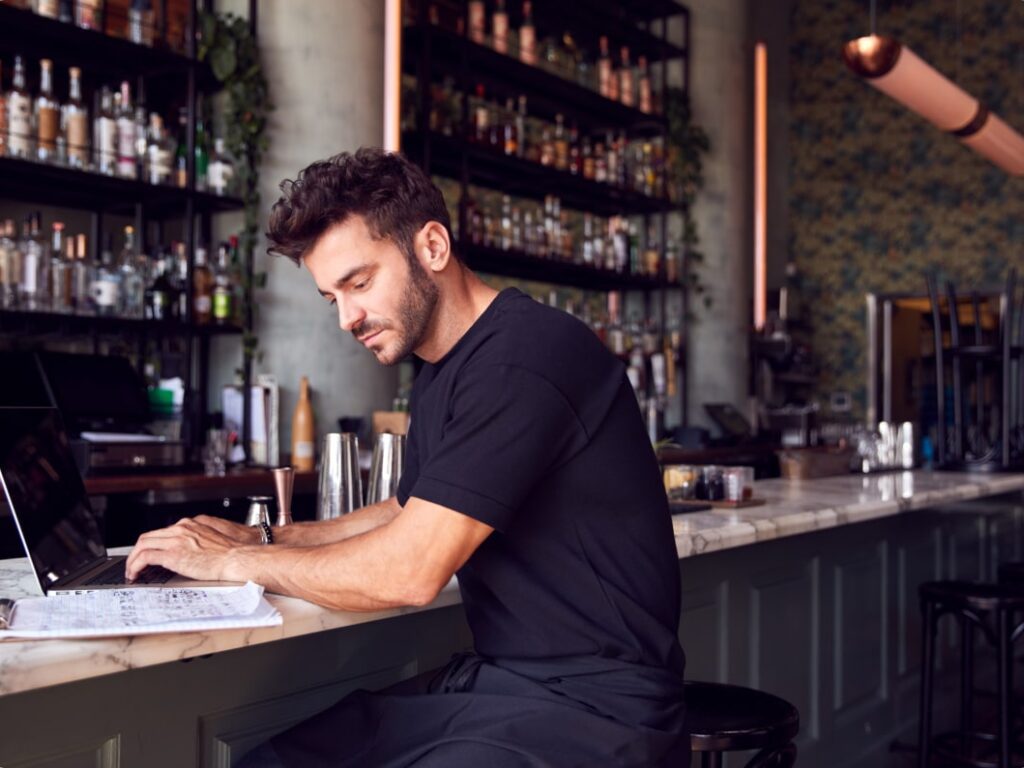
Subscribe to our newsletter for the latest insights in restaurant management
By clicking the button above, you agree that UEAT will use your information to contact you about relevant products, content and events. You can unsubscribe from these communications at any time. For more information, see our Privacy Policy.
